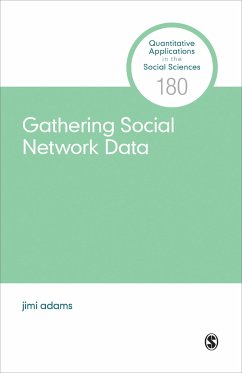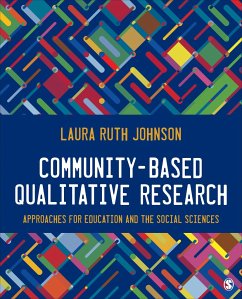Nicht lieferbar

Nigel Gilbert
Broschiertes Buch
Agent-Based Models
Versandkostenfrei!
Nicht lieferbar




The second edition of this popular book introduces agent-based modeling, an increasingly popular approach enabling researchers to build models where individual entities and their interactions are directly represented.
Nigel Gilbert is Professor of Sociology at the University of Surrey, Guildford, England. He is the author or editor of 34 books and many academic papers and was the founding editor of the Journal of Artificial Societies and Social Simulation. His current research focuses on the application of agent-based models to understanding social and economic phenomena, especially the emergence of norms, culture, and innovation. He obtained a doctorate in the sociology of scientific knowledge in 1974 from the University of Cambridge and has subsequently taught at the universities of York and Surrey in England. He is one of the pioneers in the field of social simulation and is past president of the European Social Simulation Association. He is a Fellow of the UK Academy of Social Sciences and of the Royal Academy of Engineering.
Produktdetails
- Quantitative Applications in the Social Sciences
- Verlag: SAGE Publications Inc
- 2 Revised edition
- Seitenzahl: 128
- Erscheinungstermin: 7. Mai 2020
- Englisch
- Abmessung: 216mm x 142mm x 10mm
- Gewicht: 156g
- ISBN-13: 9781506355603
- ISBN-10: 1506355609
- Artikelnr.: 57639896
Herstellerkennzeichnung
Libri GmbH
Europaallee 1
36244 Bad Hersfeld
gpsr@libri.de
Für dieses Produkt wurde noch keine Bewertung abgegeben. Wir würden uns sehr freuen, wenn du die erste Bewertung schreibst!
Eine Bewertung schreiben
Eine Bewertung schreiben
Andere Kunden interessierten sich für












